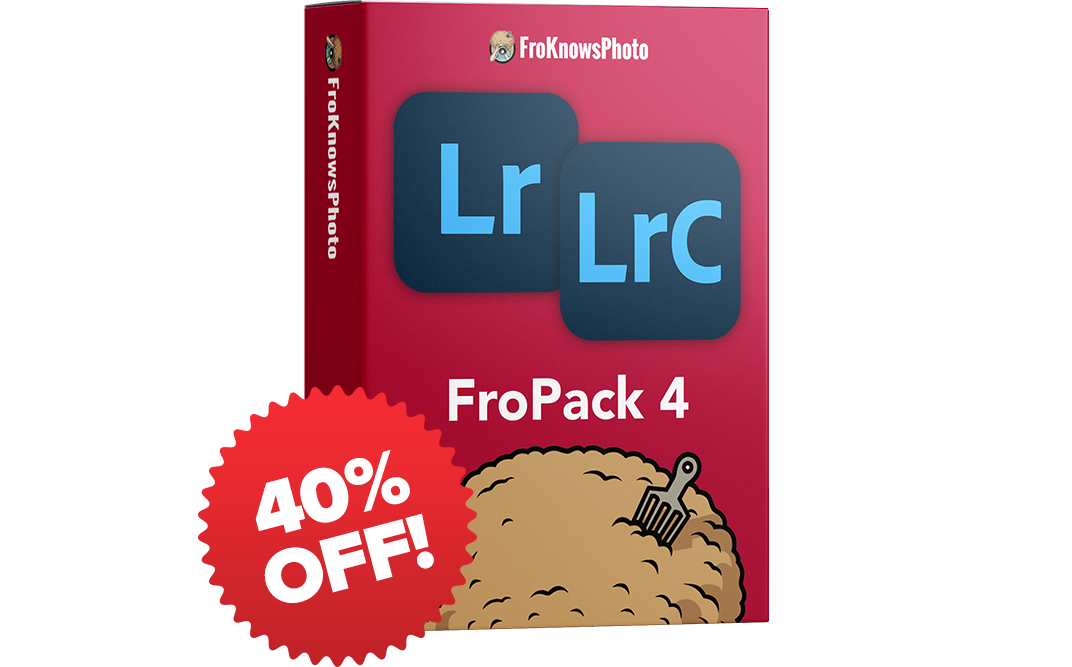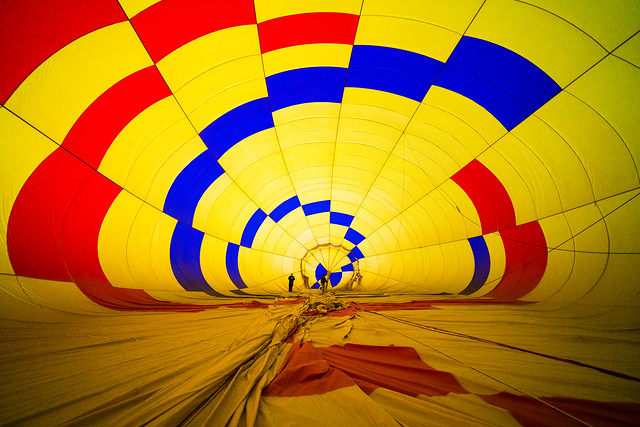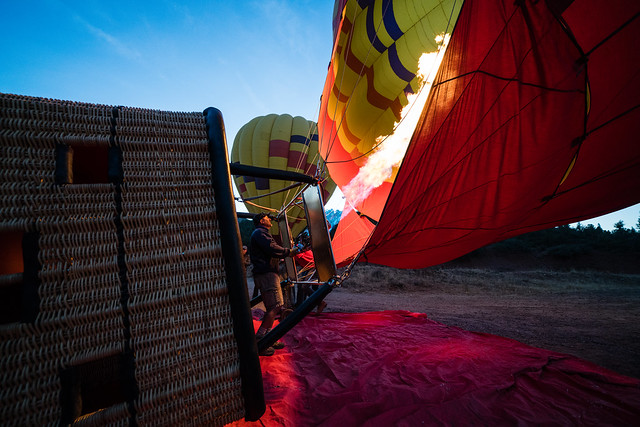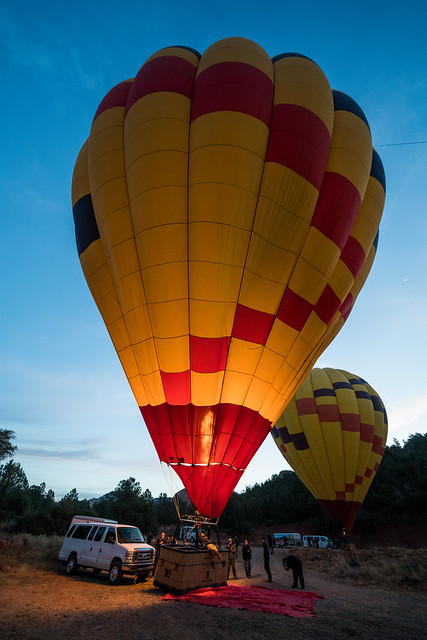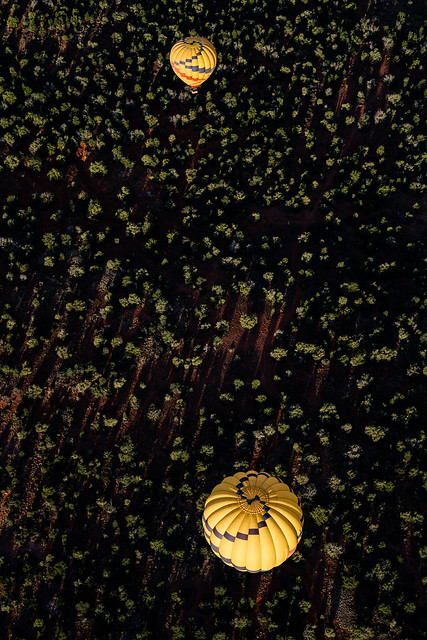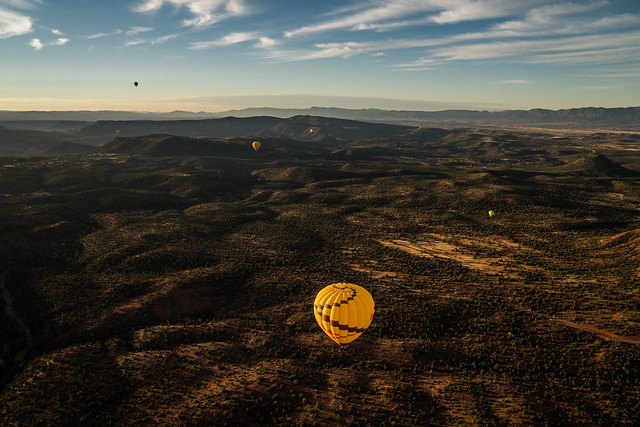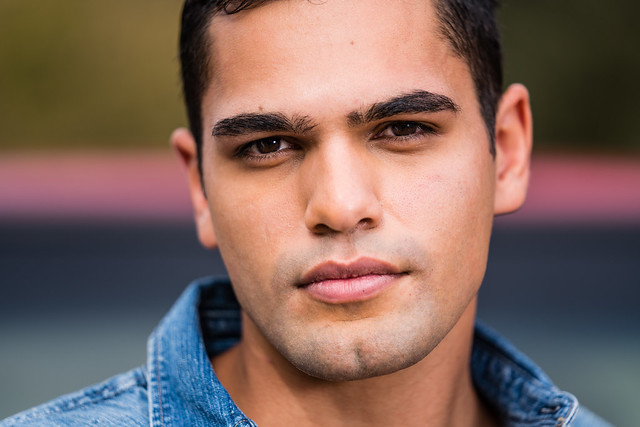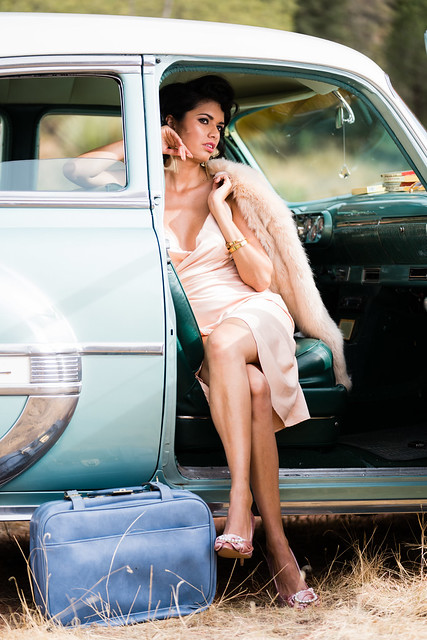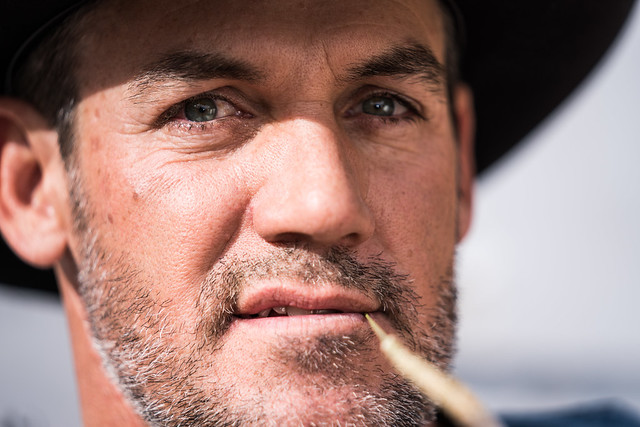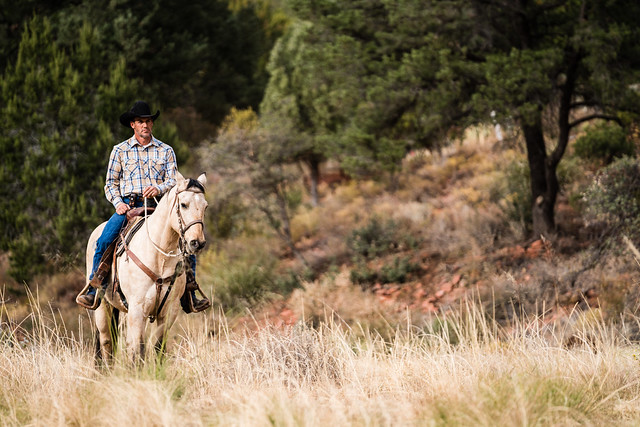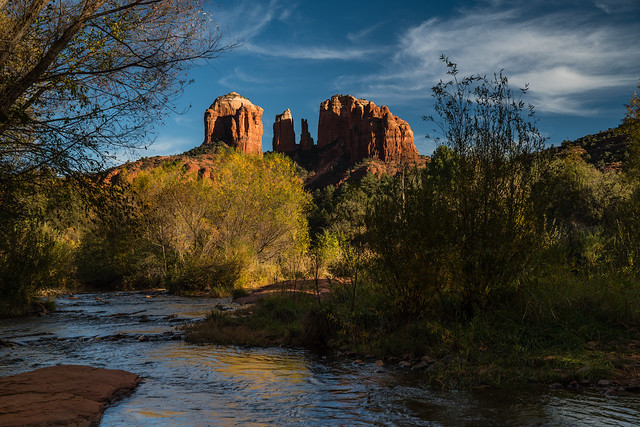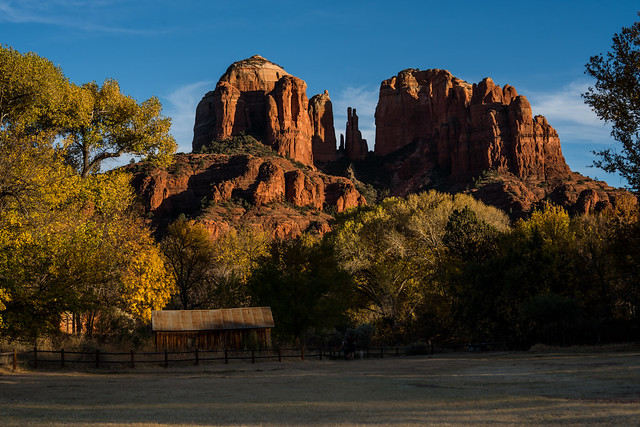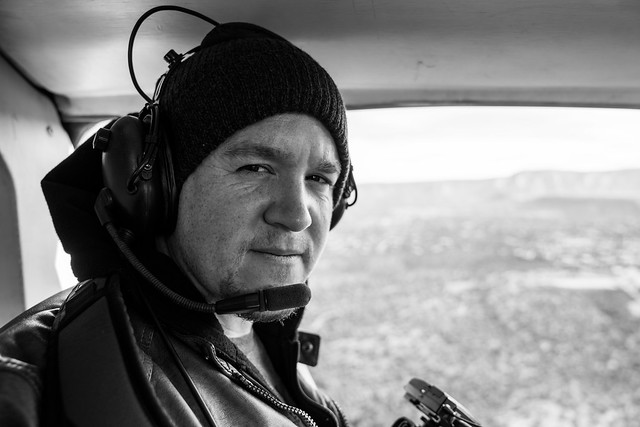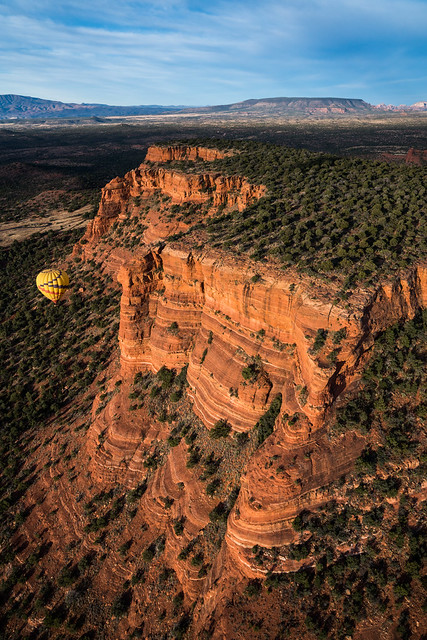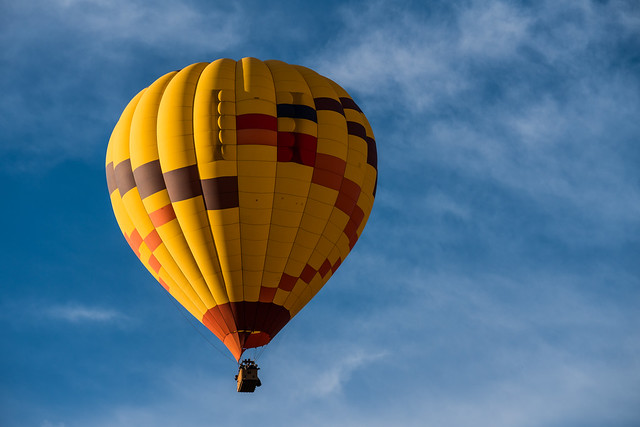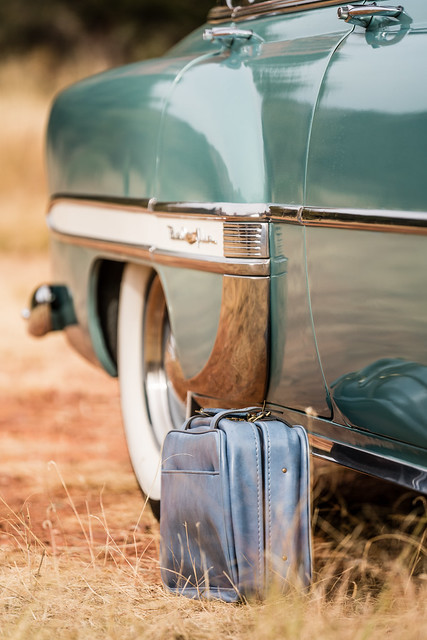Sony a7R III Real World Review (vs Nikon D850)
Purchase a Sony a7R III from Allen’s Camera / B+H /
Amazon
You can check out all the FULL RES exported JPEGS Right Here.
There are 11 RAW files for you to download. For whatever reason when they are exported out of Lightroom as DNG’s they double in files size. #1 / #2 / #3 / #4 / #5 / #6 / #7 / #8 / #9 / #10 / #11
Let’s take a look at the current market for professional cameras. You have a few options, a lot of opinions and a big decision to make. You’re faced with should you go with the same mentality that’s been pushing the market for years and stick with a DSLR from one of the major players like Nikon or Canon? Or should you venture into the world of mirrorless that has been gaining a lot of traction over the past couple of years spearheaded by Sony.
This is the “Real World Review” of the Sony A7R III that was filmed on location in Sedona Arizona at a recent Sony press event. Sony flew a bunch of the media out to get hands on time with the camera prior to it being released into the world. I want to make it abundantly clear that Sony has no say in what I choose to publish or say about the camera.
First things first the A7R III is replacing a very popular A7R II. I’ve personally never used the A7R II so getting my hands on the A7R III was a new experience. But before I get into my experience with the new camera lets take a step back.
Many of you know i’ve been outspoken about mirrorless cameras in the past. When mirrorless first started coming around the idea was to make the smallest lightest camera possible for people to take with them. It’s great and all to have a smaller lighter camera then the traditional DSLR. The problem as I saw it is with the compromise in size, the lenses were compromised as well to be smaller and lighter. We all know how important glass is and it became evident quickly that pros need quality glass on mirrorless cameras. Now you had a super small camera and when you put pro glass on it, it pretty much became the same weight as a DSLR but it lacked balance.
Over time Sony went from a super thin mirrorless camera to a slightly larger camera that was still smaller then a DSLR but the layout and buttons and feel were lacking. Now when you look at the higher end Sony cameras you start to realize they are more similar to DSLR’s then dissimilar.
To go along with the positive changes in the camera bodies, the glass, glass, glass, glass, glass mentality has come full circle. Now there’s a big focus on pro glass and less focus on worrying about the lenses or bodies being too big. With that said the A7R III is still much smaller than any of it’s competitors but does not feel out of balance with a big 70-200 2.8 on it.
Now that we’ve got that out of the way let’s look at the camera itself. For the most part the camera borrows many of the same designs as its predecessor. Sony has added some extra function buttons and a joystick that comes in handy. The’ve stuck with the same sensor as before which is kind of a head scratcher at first. Generally you expect a new sensor with each new rendition of a camera. In this case Sony has reworked a lot of the inner workings of the camera to allow it to maximize what it can do with the sensor.
I don’t want to sit here and talk specs all day, I want to talk about the “Real World” usage of the camera. Sony had a plan for a few days of shooting to give us an opportunity to push the camera to it’s limits in multiple situations starting with a pre-dawn to early morning hot air ballon adventure.
Part of the marketing for the A7R III is how good it is as a studio / portrait camera. But like it’s Nikon D850 counterpart, it is versatile and highly capable of shooting in most situations.
The pre-dawn prepping for our hot air balloon adventure gave me the opportunity to push the low light capability of the camera and break out of few different lenses. I chose to shoot around 4000 ISO because it gave me the shutter speed I was looking for to capture the images in front of me. For me, when i’m doing a review of a camera i’m not looking to find issues by pushing things to the places I shouldn’t be going. I’m looking to shoot the camera the same way I would shoot any other camera on a job, I want to get the shot.
The first batch of images happened on the ground while the balloon was being set up. This gave me a chance to photograph the pilot, the balloon, the flames and some details. I LOVE the electronic viewfinder (EVF) on these cameras especially in low light. It gives me the ability to see exactly what my image is going to look like based on my settings without having to chimp, or take a photo then look at the back of the camera. This makes it easier to focus on capturing the image because you can see the changes in real time and make corrections based on what’s in front of you.
When analyzing the images in the computer it does seem like there’s a fair amount of noise at 4000 ISO. With that said when you shoot wider and zoom in 1:1 you’re going to see grain not matter what camera you use. I have no problem with the results I got at 4000 ISO, the quality works for me.
How was the focus in this situation. For the most part it was pretty good. The eye af is still one of the coolest functions to have in any camera. I set my AE / AF button to activate the eye af option. What it does is automatically find the closest eye while you’re own continous focus and it stays on it even if the subject blinks, moves or spins. Does it hit perfect all the time, no, but for the most part it did very well.
The camera with the added battery grip feels pretty good in the hands. It’s still a little boxy compared to the Nikon’s and Canon’s but it works. Every camera design has it’s pros and cons. Sony has come a long way in making the cameras feel much better in your hands then where they started out.
The built in 5 axis stabilization is of course a great function to have. It allows for much sharper images at lower shutter speeds which can allow you to drop the ISO if needed or desired. Personally I still want to have that faster shutter speed even with the in camera stabilization, but that’s a personal shooting style preference. We all have our different ways of shooting so my way isn’t right and your way isn’t wrong.
A big thing for me when shooting something new is the question as to wether or not the camera or lenses are holding me back. At no time did I feel like this camera was holding me back. Keep in mind, this was the first few hours of me every touching this camera. I feel that you should be able to pick up a camera from any manufacturer and get similar results.
The lenses I chose for all my shoots during the Sedona trip were the 12-24 F4, 24-70 2.8 and the 70-200 2.8. This is my go to kit no matter what system i’m on. The 12-24 gives me the ability to get ultra wide shots. The 24-70 is super versatile for candid images and the 70-200 is fantastic for portraits.
I did notice that the 12-24 seemed to have a TON of distortion around the edges compared to what i’m used to with the Nikon 14-24 and the Canon 11-24. You can see that in the vertical shots of the ballon filling up with air.
From the air the camera handled fine even when being heated up by the propane blasts of the balloon. I wasn’t under the heat shield which meant the camera and I felt the heat full force. Thought the entire trip the camera did not overheat once or give me a warning. On the video side, Stephen shot hours and hours of footage including many of those being in a row without issue. We all know Sony cameras have been known to overheat and in our usage, this one did not.
Piggybacking off of shooting and filming for hours let’s talk about one of the biggest complaints about Sony cameras, battery life. The NEW Z type battery is truly a beast for stills and video. In the past you were changing batteries often. With the battery grip (2 batteries) and the new Z battery you’re sipping power. You’re sipping power so much that after the first day of stills shooting I was only down to 80 percent on the first battery. Sony deserves major props for the upgrade in battery life for stills and video.
At this point i’m going to skip around from shoot to shoot. We shot everything from portraits to landscapes to candids but failed when it came to shooting action. The action shoot Sony set for us ended up being a complete fail. It was supposed to be something with mountain bikes but it simply didn’t work out. It would have even nice to have been taken to some sort of location where BMX riders would have been riding in predictable patterns so we could have better tested the camera.
One of my major questions when compared a DSLR to a Mirrorless is how is the auto focus. I still feel like the auto focus on a DSLR is ever so slightly faster and possibly a little tighter. What I mean by tighter is it seems to be fully sharp more often at least in my opinion.
But to be fair, I didn’t have major issues with the results I got from the A7R III. It’s really hard to compare multiple cameras especially if you don’t set up similar shoots with them side by side. Honestly, at the end of the day for the most part at this point you can’t tell the difference between the results you’re getting when you’re out there shooting. It’s not like you feel the Sony is holding you back from getting the shot or the Nikon or Canon is getting the shot every time because i’ve certainly had missed results with the them.
Everyone knows I love my DSLR’s and some people think I simply hate mirrorless which isn’t the case. There are pros and cons to all cameras. One of the pros some people see is that the A7R III has the ability to shoot completely silent. This can come in handy if you’re in a satiation where you can’t make noise. We’ve seen with the Sony A9 a camera designed with the electronic shutter in mind first, handle really well in Real World Situations.
This time around the mechanical shutter is the focus point of the A7R III and the silent option is an afterthought. The reason it’s an after thought to me is it’s not nearly as good as the A9 in silent shooting. Yes it’s silent, but under LED lights you’re going to get major scan lines whereas with the A9 you’re rarely going to have that issue. But, if you’re in a natural light situation you most likely wont have a problem shooting with the electronic shutter.
Let’s talk about frames per second, you can shoot 10 frames per second with this camera with both mechanical and electronic shutters. That’s a ton of files for such a high megapixel camera. That’s not a bad thing but keep in mind if you’re shooting two both SD cards you may see a slight slow down when doing so. The reason being is only one of the SD slots is UHS-II. It makes zero sense why companies don’t put matching speed card slots in cameras to take advantage of dual card recording. Is it a deal breaker, no but it’s something to keep in mind.
What concerns do I have with Sony in general? My main concern is glass. Sony taughts 25 or so new lenses in the last few years compared to Nikon and Canon. Well that’s not hard to do when you have zero lenses and the other companies already have hundreds. My concern isn’t the quality of the G Master glass, I love the quality and feel of those lenses. It’s the lack of speciality lenses compared to the other companies. Sony will get there but it’s going to take more time.
How is the color and tones? The color and tones of the portraits are spot on for me. I shot everything RAW and processed the RAW files in Adobe Lightroom. I see no issues with the files I came home with in terms of quality.
Build quality for professionals is always a concern. The Sony’s do have a more dainty feel compared to DSLR’s, there’s no denying that. How will they handle harsh shooting situations? How will they handle the long exposure to the cold, wet or other harsh conditions. I can’t tell you that since I didn’t use the camera in any of those situations. But based on the feel of the Sony A7R III I do have some concerns about it’s long term durability in harsher environments. On top of that the sensors get blasted with tons of dust and particles every time you change lenses because there’s nothing protecting the bare sensor.
At the end of the day the big question for me is could I use this setup and get the job done. The answer is YES, if this was my setup I could certainly use it on jobs without a problem. Like I said above, there’s pros and cons to all cameras. Some things form this camera I would love to see in my DSLR’s and some things in DSLR’s I would love to see in a mirrorless camera. There is no perfect camera out there and there never will be.
Should you switch from Nikon or Canon to get a Sony system for shooting stills? My answer is no if you are already fully invested in Nikon or Canon glass and accessories. The only reason I would tell someone to switch is if you need to shoot silent more often then not. But if that’s the case I’m telling you to buy the A9 and not the A7R III.
How many times have you heard people talk about adapting their Canon glass to Sony as being the answer to Sony not having the same glass? We hear it a lot, for me that’s not an acceptable answer to switch. You lose a lot of speed and functionality with the adapters and anything but precise results is not acceptable to me.
If you’re new to the camera world and looking to jump in on your first system you will not be disappointed in the A7R III. I would be confident today with the direction Sony is going and making a big investment in their system.
How does it compare to the Nikon D850. The D850 is one of the most well rounded DSLR’s ever made, I own one. The two cameras match up very well for high megapixel shooters. The D850 is solid through and through and it’s only major drawback is it’s lack of ability to auto focus well during video recording. If a major part of your life is spent shooting video and need quality auto focus, the answer would be much clearer.
If I had to pick between the D850 or A7R III I personally would still be leaning towards the D850. One of those reasons is I already have 10 or so Nikon lenses. I think the D850 is slightly better at high ISO’s, but again, for the most part they are fairly close in functionality.
That’s it, that’s what I have, I hope you enjoyed the Real World Review video. At the end of the day it comes down to you making the final decision as which fits your needs. Today you WILL NOT go wrong with any pro camera or system. It’s what you are able to pull out of the system that matters. If you can’t get quality results with todays cameras it’s not the cameras fault, it’s yours.
